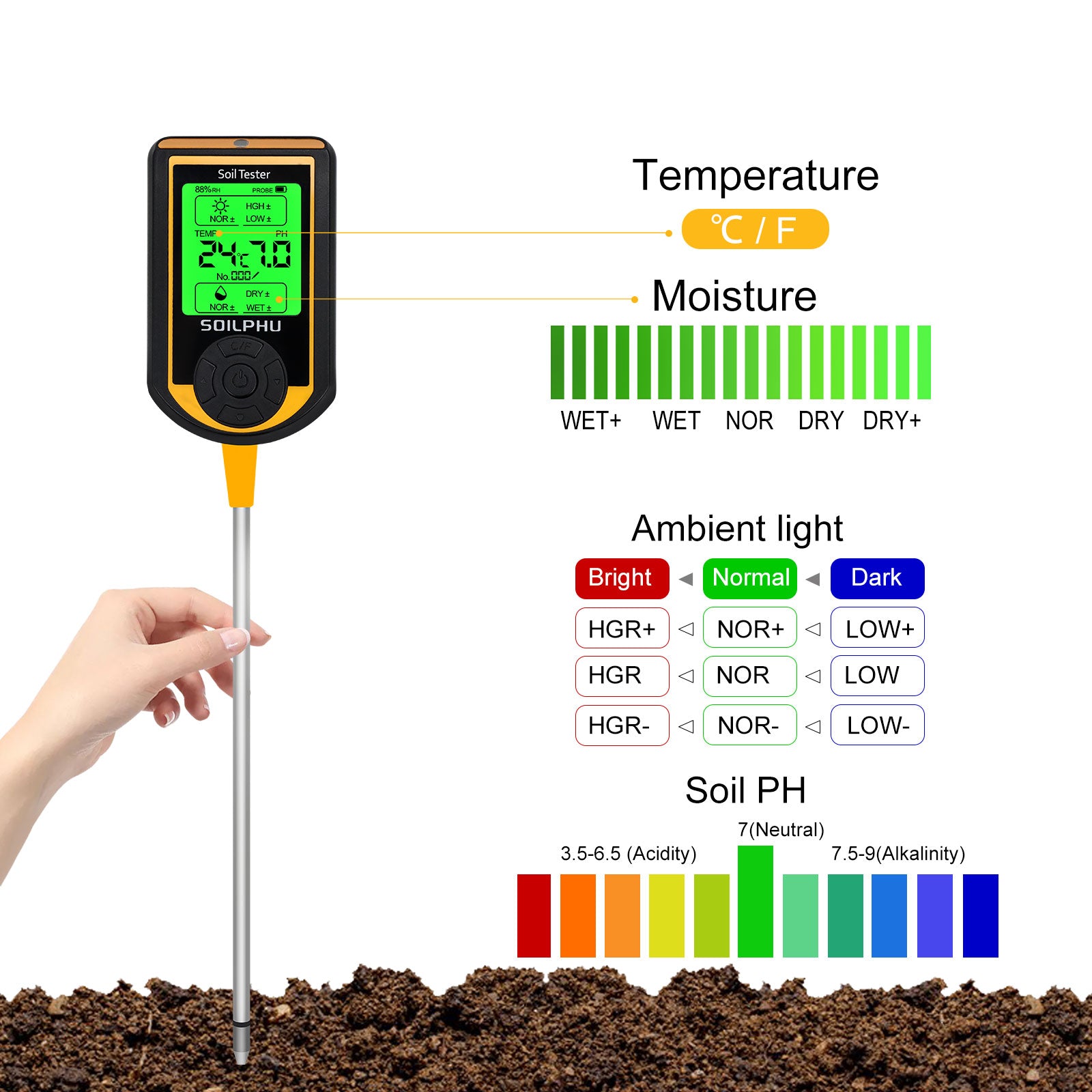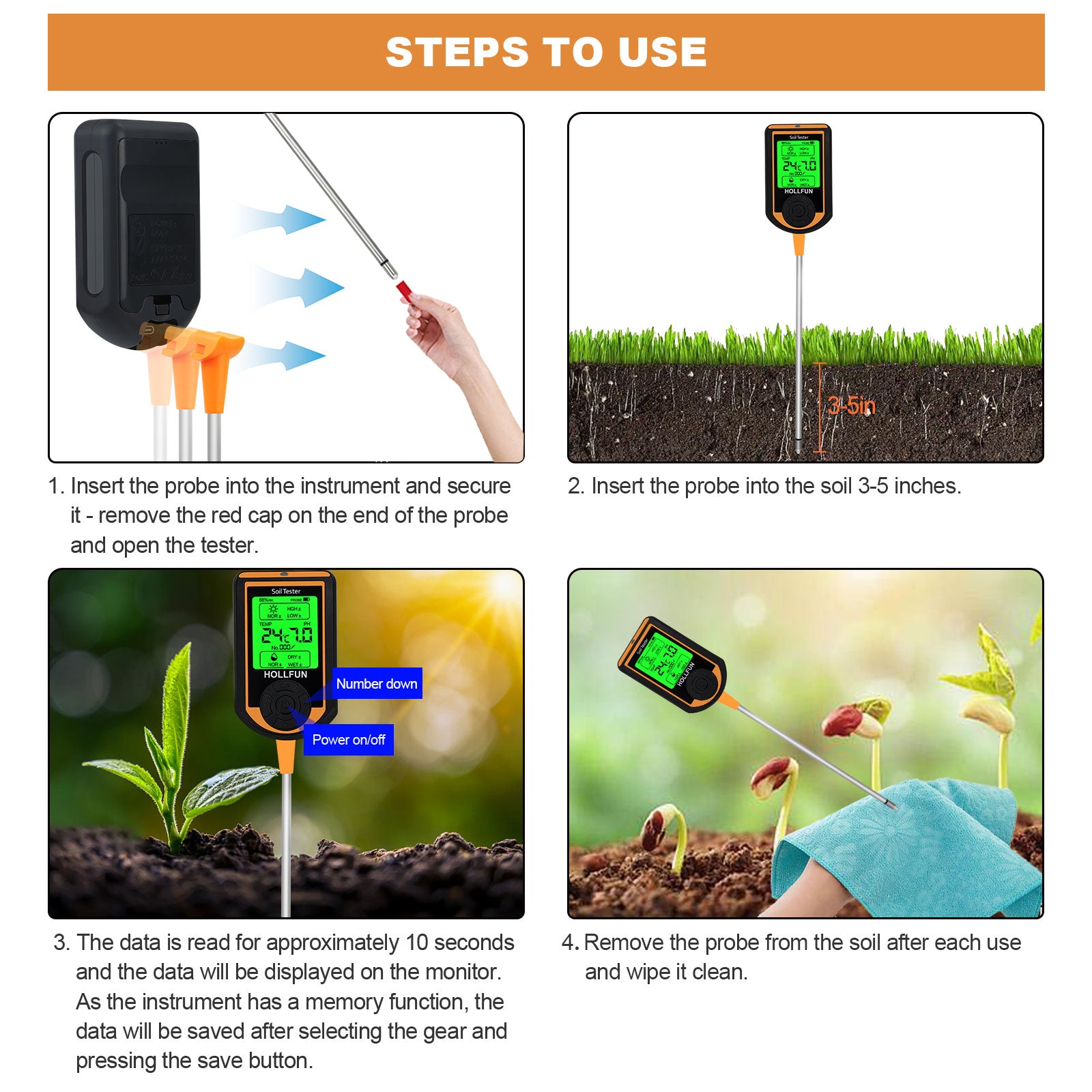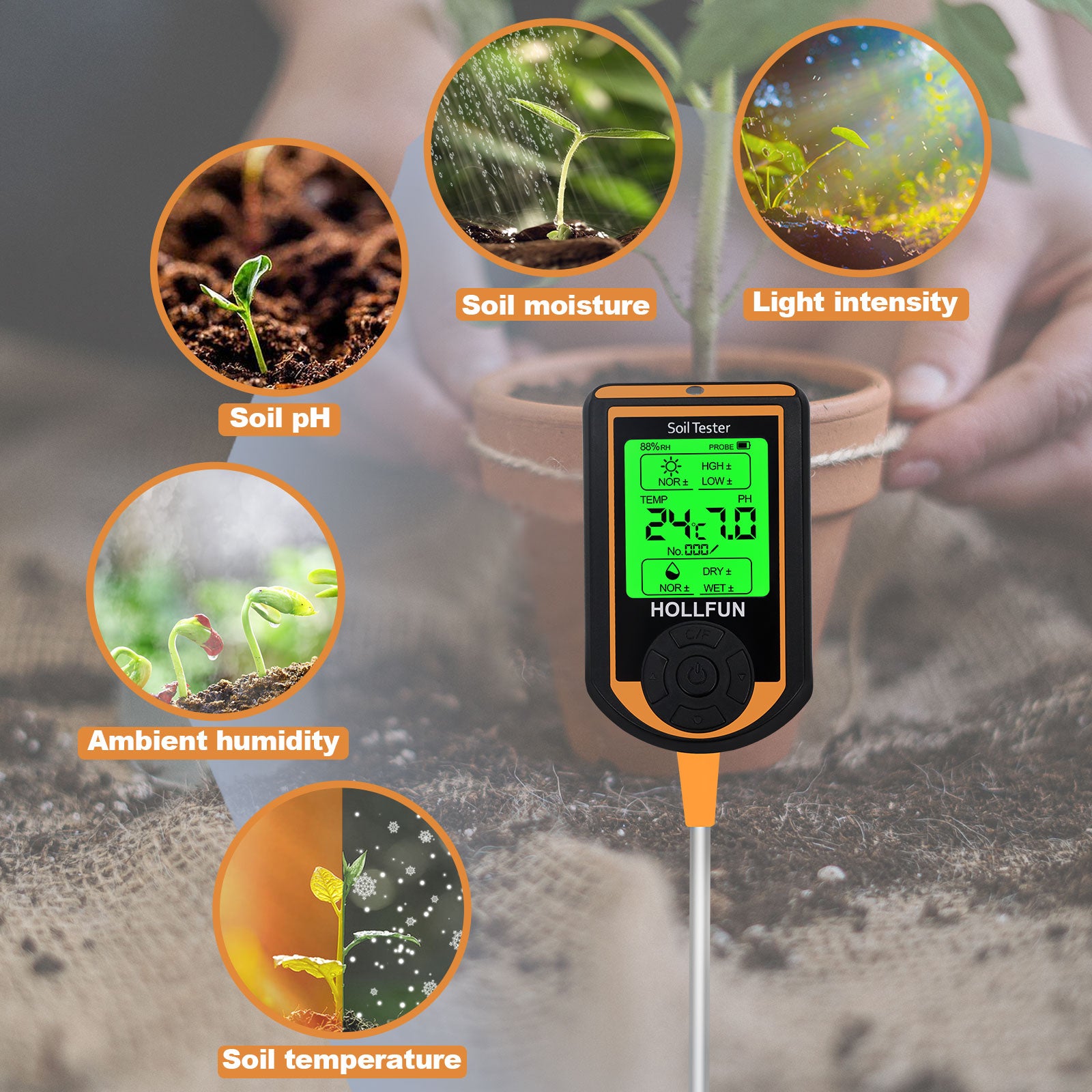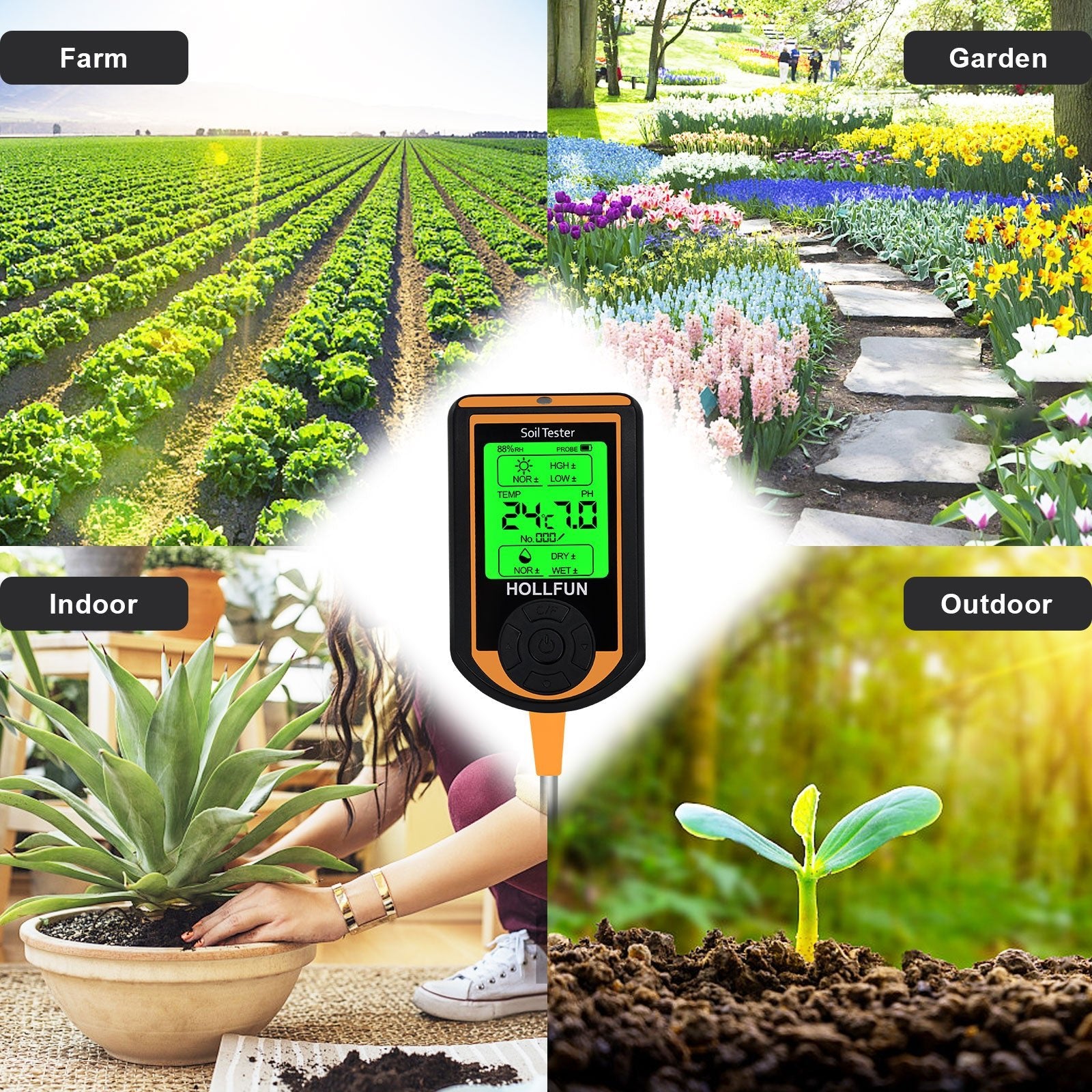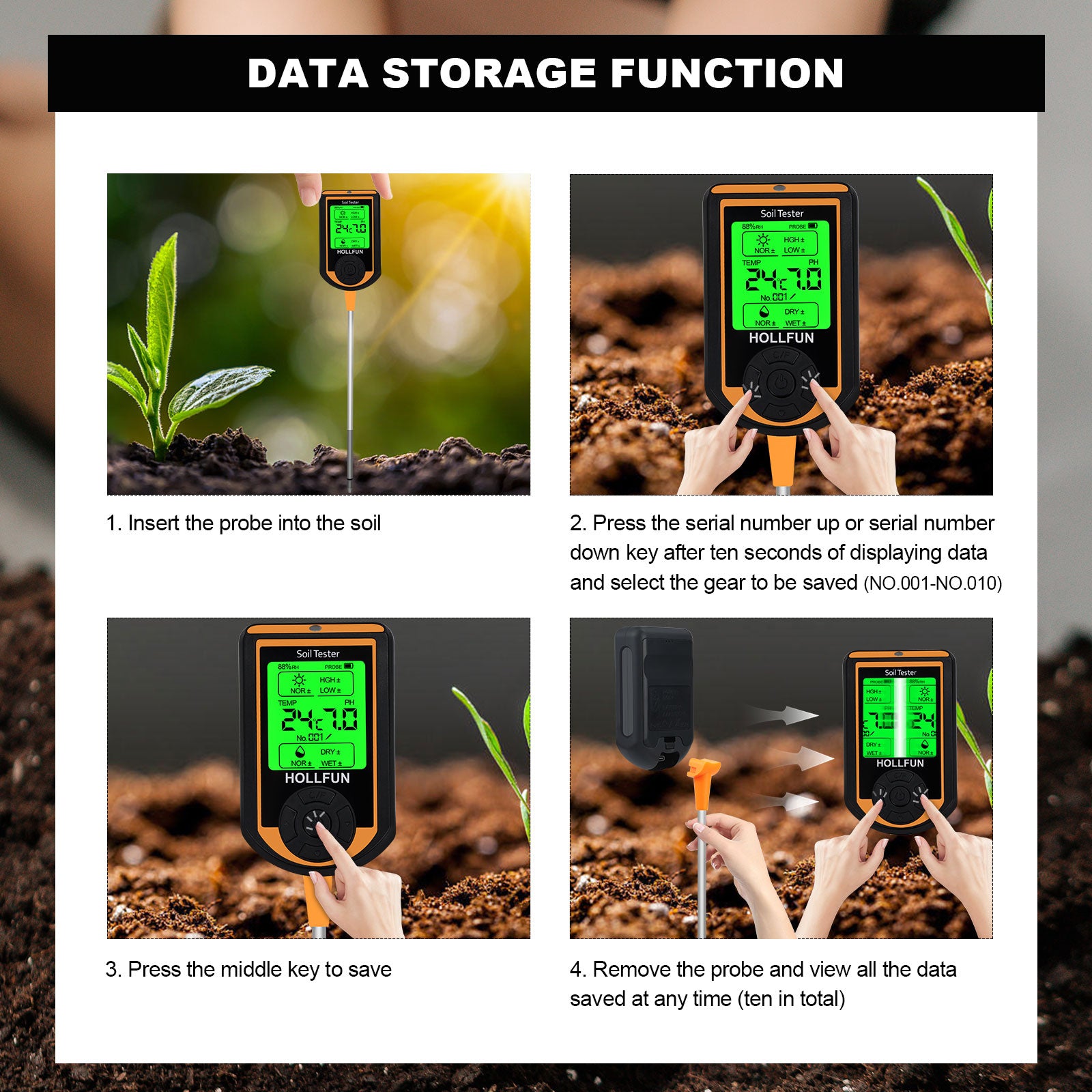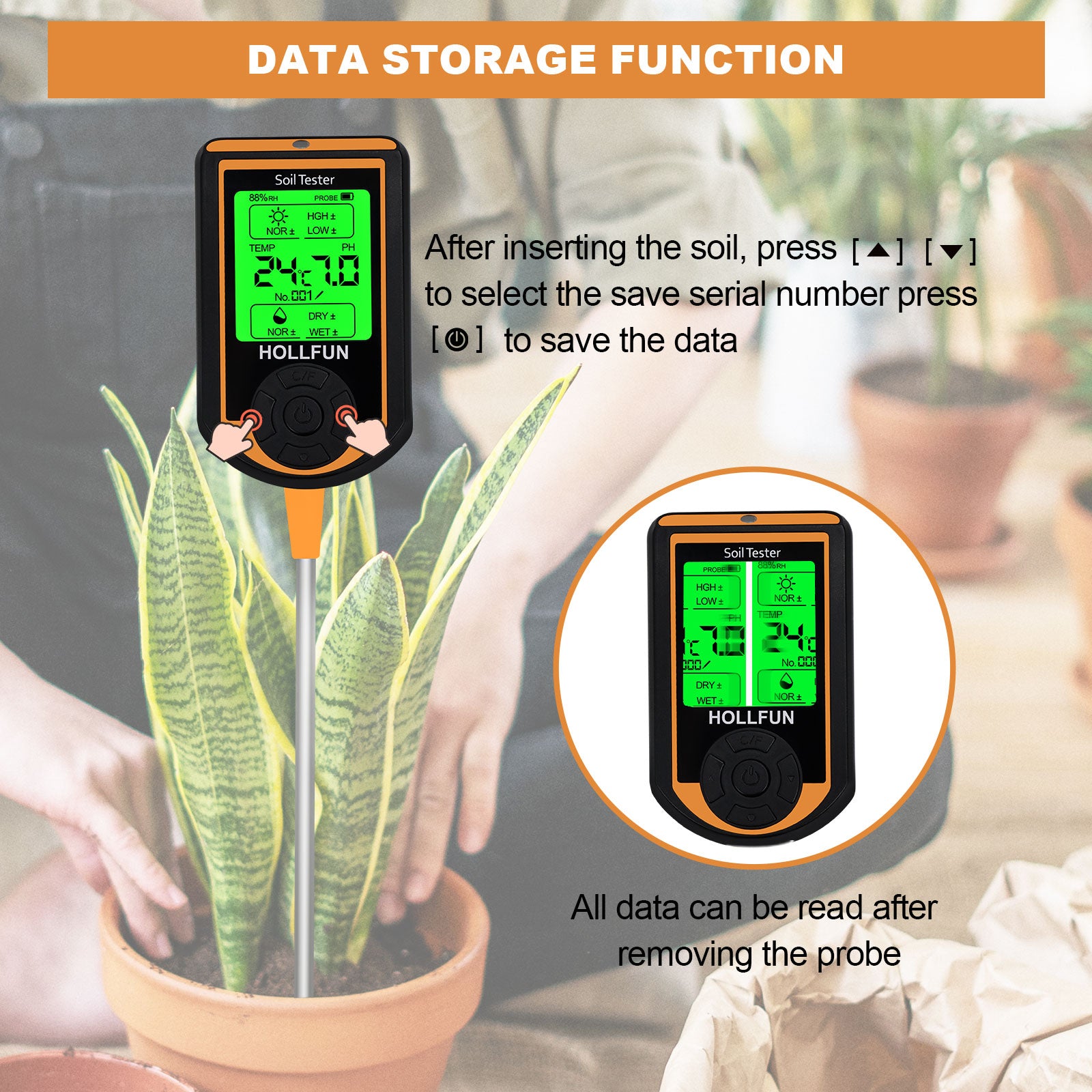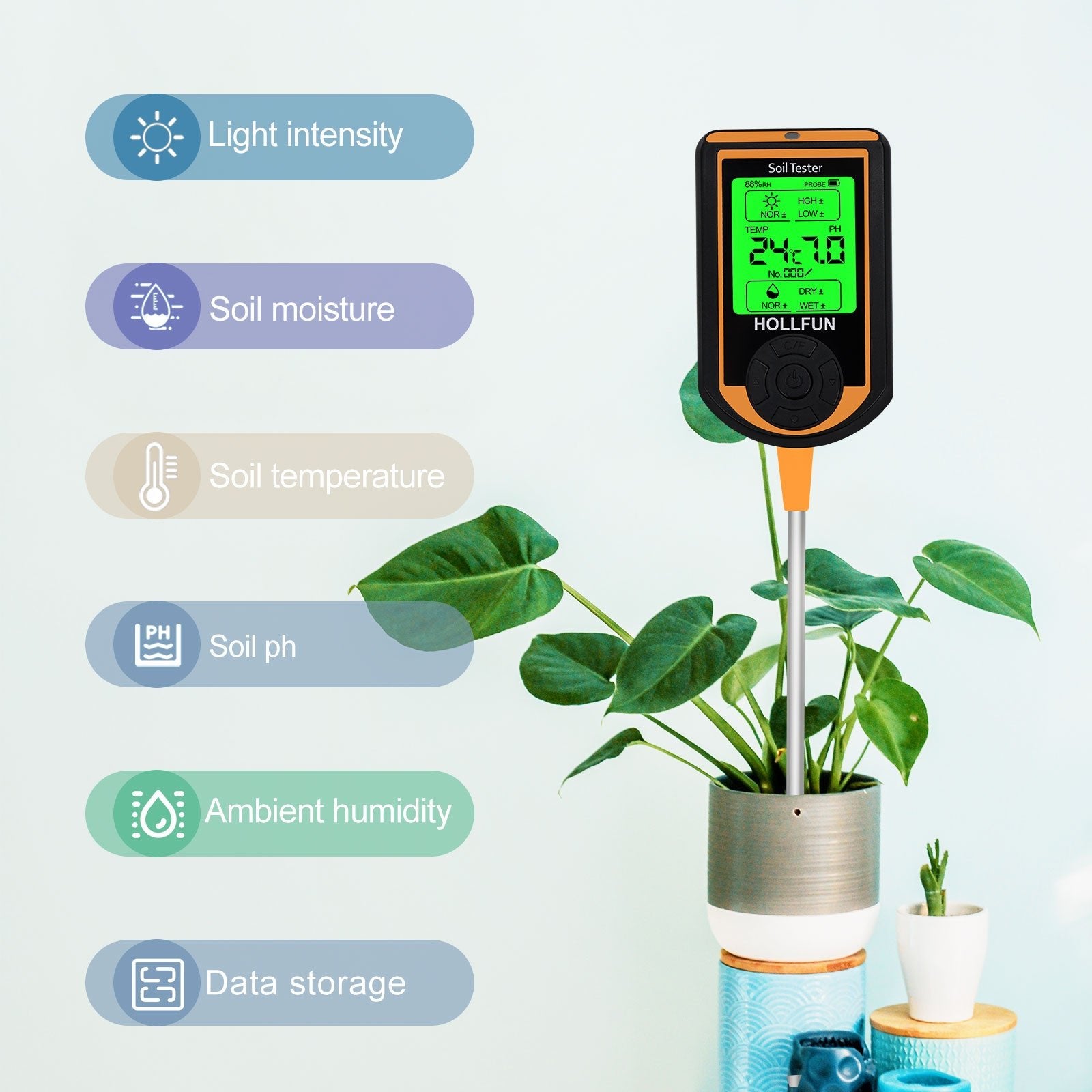How to plant sunflowers more scientifically
As a garden enthusiast, here's a step-by-step list for planting sunflowers:
Choose the Sunflower Variety:
- Consider the purpose of planting (ornamental or for harvest).
- Select a variety suitable for your climate and growing conditions.
- Decide on the desired height and flower size.
Select a Planting Location:
- Choose a site with full sun exposure (at least 6-8 hours of direct sunlight).
- Ensure the soil is well-draining and moderately fertile.
Prepare the Soil:
- Remove weeds, rocks, and debris from the planting area.
- Loosen the soil with a garden fork or tiller to a depth of 12-15 inches.
Determine Planting Time:
- Plant sunflower seeds after the last frost date when the soil has warmed up.
Sow the Seeds:
- Dig individual holes or prepare rows based on spacing requirements.
- Plant the seeds 1-2 inches deep into the soil, following spacing guidelines for the chosen variety.
- Space smaller varieties 6-12 inches apart, and larger varieties 18-24 inches apart.
- Cover the seeds with soil and gently firm the ground.
Watering:
- Water the seeds immediately after planting to ensure good soil contact.
- Keep the soil moist but not waterlogged until the seeds germinate.
- Once seedlings are established, water deeply but infrequently, allowing the topsoil to dry between watering.
Provide Support (if needed):
- Stake taller sunflower varieties to prevent bending or breaking.
- Insert stakes or use trellises for support as the plants grow.
- Weed Control:
- Regularly remove weeds around the sunflowers to reduce competition for nutrients and water.
Fertilization:
- Apply a balanced fertilizer or compost during the growing season to promote healthy growth.
- Follow the recommended application rates and timing.
Pest and Disease Management:
- Monitor for common pests like aphids, caterpillars, or birds.
- Use organic or chemical pest control methods as necessary.
- Inspect plants regularly for signs of diseases like powdery mildew or rust.
- Remove infected plants to prevent the spread.
Harvesting:
- Check the seed maturity by observing the back of the flower head.
- Harvest when the back turns brown, and the seeds are plump and fully developed.
- Cut the heads off the stalk and hang them upside down in a dry, well-ventilated area to dry completely.
- Extract the seeds for consumption or save them for planting in the next season.



